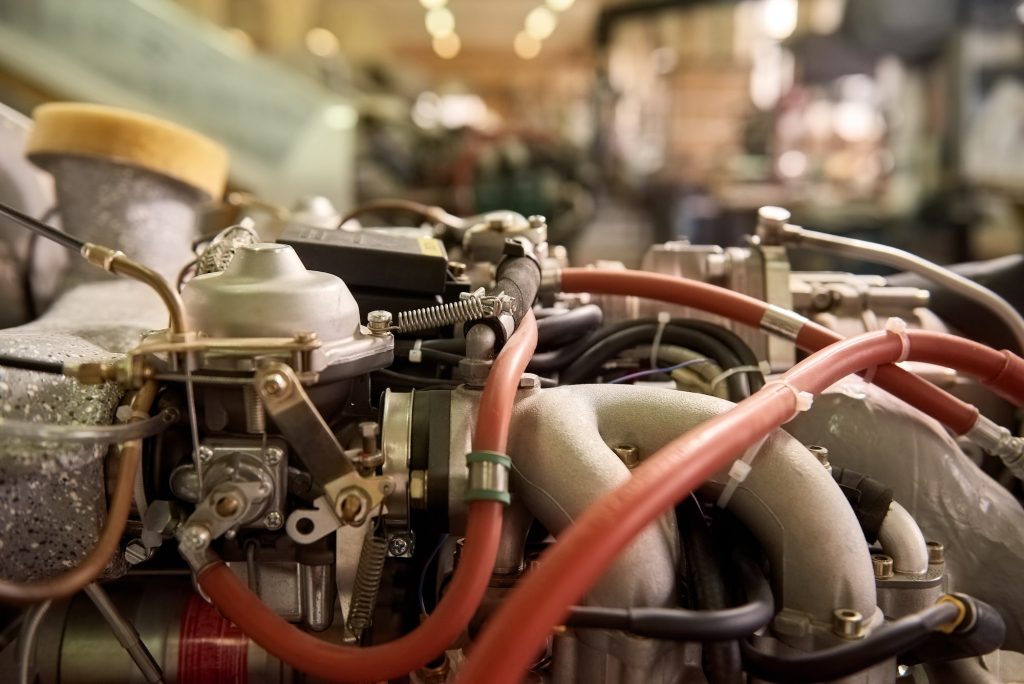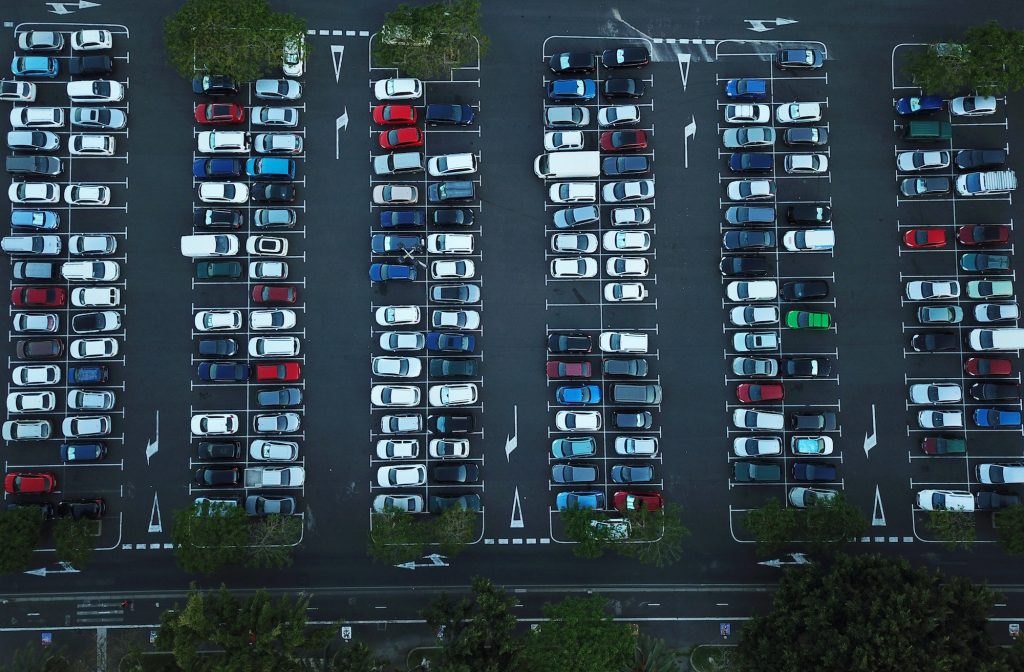Our Vision
Our Vision: THE ENGINE OF THE FUTURE
A major shift has emerged in just a few short years. The way of the future is the battery and the Internal Combustion Engine is a relic of the past. Regardless of who you talk to, industry executives or venture capitalist, they are almost completely focused on how do we electrify everything.
This is not to say that the movement towards electrification is not a good thing. It is a very good application of current technologies to solve a major source of pollution, especially from light-duty vehicles. The problem that has emerged is this belief that you can just put a battery in anything with a traditional internal combustion engine and all our problems are solved. As much as we might want to believe this to be the case, it simply is not reality. Many applications like moped and leaf blowers can be easily electrified, but you can’t easily electrify a backup generator or an airplane or any number of other applications that can’t easily be plug in to your home.

The internal combustion engine is still an important and amazing piece of technology for converting chemical engine store in hydrogen rich fuels into mechanical energy. But, a lack of innovation has crippled the technology. Internal combustion engines can run green and clean on net-zero carbon fuels like pure ethanol and hydrogen. They can also run significantly more efficiently, producing more power on less fuel, when you apply new and innovative methods to their operation.
Alpha-Otto Technology has developed the engine of the future. An internal combustion engine that has been redesigned to be fuel agnostic and run-on net-zero carbon fuels like green ethanol and hydrogen, is smaller and less complex, and is incredibly efficient – half the weight, producing twice the power. This innovative redesign of the internal combustion engine will play an important and critical role in helping the world transition to a net-zero carbon future and enable the development of the hybrid-electric technologies that will power the aircraft, boats, and off-road vehicles of the future.

REALITY #1:
BATTERIES AND INTERNAL COMBUSTION ENGINES
Batteries and internal combustion engines are not competing technologies. They each have their pros and cons. Most importantly, batteries are energy storage devices. They do not produce or convert energy from one form to another like a fuel cell or internal combustion engine. Also, batteries quit inefficient energy storage devices. Liquid fuels like Ethanol or Gasoline have approximately 100 time the energy density of a lithium-ion battery. This will improve over time but physics fundamentals tell us that there will always a big gap. But, batteries and electricity are a far better solution then old dirty combustion engines that emit deadly toxins into our air.
On the other hand, internal combustion engines (ICE) are amazing pieces of technology that converts chemical engine store in hydrogen rich fuels into mechanical energy. Despite what many may believe, ICE’s are relatively efficient and effective devices for producing mechanical energy and liquid hydrogen rich fuels are one of the densest and most stable forms of energy, easily stored and transported. The challenge is to learn how to design and build an internal combustion engine that emits ultra-low levels pollutants or even no pollutants at all. This is not an incrementable goal and is largely dependent on developing and normalizing greener and cleaner forms of liquid fuels like pure ethanol, ammonia, and hydrogen.
REALITY #2:
ELECTRICITY AND FOSSIL FUELS
The other side of this issue has to do with how the energy we use is produced. Only about 20% of the electricity in the United States and around 11% in the rest of the world on average comes from renewable resources. So, most of the electricity being used to charge your electric vehicles or other devices still comes from polluting fossil fuel burning sources. Now much can and will be done to improve these numbers, but the fact remains for several decades the majority of our electricity will come from polluting fossil fuels. So, even though electric and battery power devices are a cleaner less polluting solution, they are not 100% green and still result in producing a significant amount of pollution. Advancements in technology may someday give us a way to produce large mounts of green electricity but that is not a reality today. Batteries and electric vehicles simply shift responsibility and environmental impact from auto makers to electric utilities.
Our dependence on fossil fuels is not solved by converting light-duty vehicles to electric. Most electricity is still produced by burning coal and natural gas, and significant amounts of fossil fuels are used to in the mining and refining of materials needed to make batteries, steel, and plastics. The bottom-line is we need better fuels, fuels that don’t contain hydrocarbons or fuels that come from sources that negate carbon emissions light green ethanol and biodiesel. And, we also need internal combustion engine able to reliably burn these net-zero emissions fuels. Better fuels and better engine technology is not only needed, but critical to our future and reducing air pollution and greenhouse gases.


REALITY #3:
DECADES WILL PASS
Another important factor to consider is time. It will take several decades to convert or replace hundreds of millions of vehicles worldwide to electric powertrains. We don’t deny this will and needs to happen, along with the conversion and replacement of dozens of other applications to electric. But the reality is it will take a significant amount of time. Major challenges like access to raw materials and an electric power infrastructure unable to meet demands have to be overcome, not to mention the economics.
